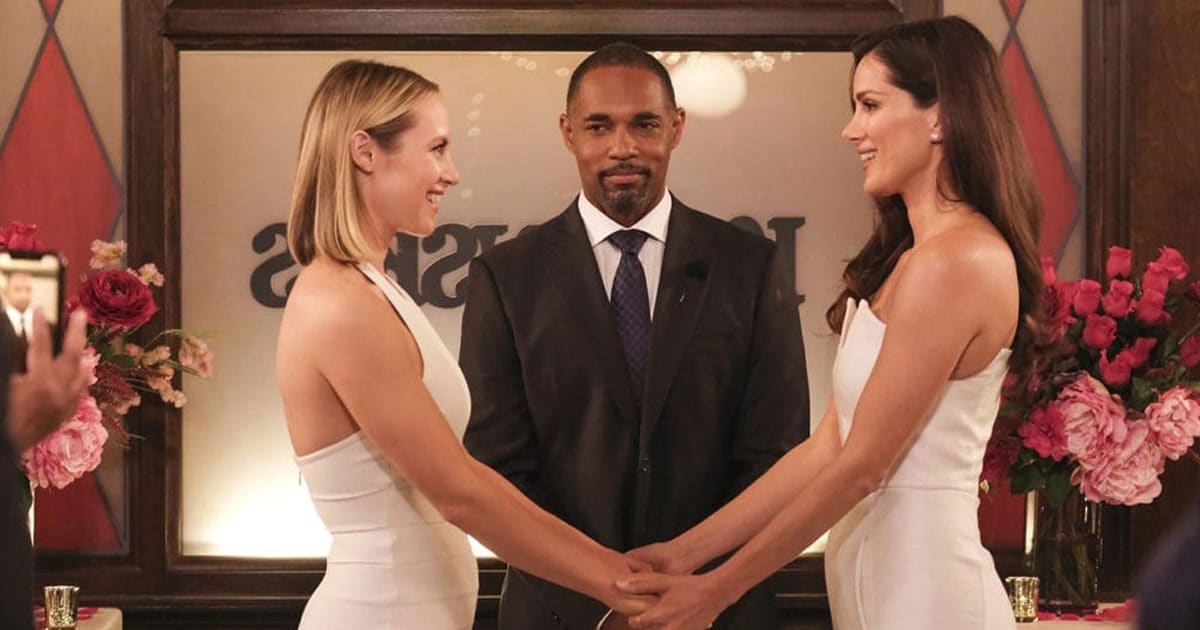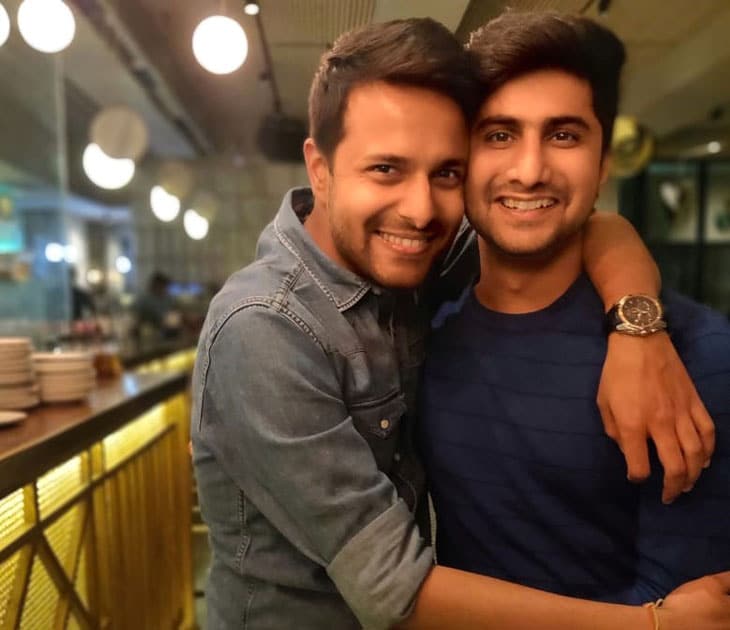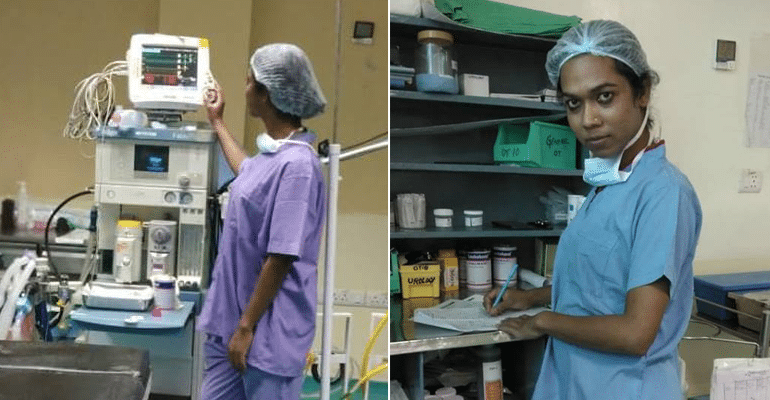The representation of LGBTQI+ individuals on screen has been a topic of much discussion and debate over the years. While there have been positive strides toward accurate and inclusive representation, numerous examples of harmful misrepresentations remain.
We talked to people, exploring their thoughts about how the community is portrayed on screen, including the perspectives of LGBTQI+ individuals and allies.
LGBTQI+ Perspectives:
For many LGBTQI+ individuals, representation on screen is a deeply personal issue. Positive representations can provide a sense of validation and acceptance, while negative representations can perpetuate harmful stereotypes and contribute to discrimination and violence.

One perspective is that while there has been progress toward positive representation, there is still a long way to go. LGBTQI+ characters are often relegated to supporting roles or used as plot devices rather than fully developed characters with their storylines.
Additionally, some LGBTQI+ individuals feel that the representation of their community is still primarily dominated by cisgender, white, and male perspectives, leaving out the experiences of many LGBTQI+ individuals who are people of color, transgender, non-binary, or women.
Another perspective is that harmful misrepresentations of LGBTQI+ individuals on screen can have real-world consequences. Negative representations can contribute to discrimination and violence towards LGBTQI+ individuals, particularly those already marginalized or vulnerable.
A study by GLSEN found that exposure to negative representations of LGBTQI+ individuals can increase levels of bullying and harassment toward LGBTQI+ students in schools.
“In some web series and movies, gay characters are introduced just to grab attention from the community, and they lack characterization and are often caricaturist in nature. At times, the queer plot is introduced as tokenism as it is not fully developed or thought off,” shares members from the community when we asked them about the misrepresentation of the LGBTQI+ community on screen.
The community members further added, “It is better not to have any representation than negative representation as it does more harm to the community. Characters portrayed in a negative light create more stereotypes which demoralize the community as we feel we will meet with the same fate.”
Allies’ Perspectives:
For many allies of the LGBTQI+ community, representation on screen is also an important issue. Supporters may have LGBTQI+ friends or family members or believe in promoting acceptance and inclusivity.
One perspective is that media producers are responsible for accurately and inclusively representing LGBTQI+ individuals on screen. Allies may view harmful misrepresentations as perpetuating harmful stereotypes and contributing to discrimination and violence and may advocate for media producers to prioritize accurate and positive representation.
Another perspective is that representation on screen can have a powerful impact on society.
Exposure to positive representations of LGBTQI+ individuals can increase support for LGBTQI+ rights and reduce prejudice, while negative representations can do the opposite. Allies may view representation on screen as a powerful tool for promoting acceptance and inclusivity and may advocate for more positive representations in media.
Examples of Public Discourse:
The representation of LGBTQI+ individuals on screen has been the subject of much public discourse over the years. Here are a few examples:
In 2018, the film Love, Simon was released to critical acclaim for its positive representation of a gay teenager struggling to come out to his family and friends. The film was praised for its authentic portrayal of LGBTQI+ experiences and its contribution to increasing visibility and acceptance.
In 2019, the film Rocketman was released, a biopic about the life of Elton John. The film received criticism from some LGBTQI+ individuals for portraying John’s relationship with his manager, which was depicted as a toxic and abusive same-sex relationship. Some felt that the portrayal perpetuated harmful stereotypes about LGBTQI+ relationships.
In 2005, Grey’s Anatomy had several LGBTQ+ characters over the years, including Callie Torres (played by Sara Ramirez), who was a series regular for ten seasons and had a prominent storyline centered around her coming out and relationship with Dr. Arizona Robbins (played by Jessica Capshaw). The show has also featured characters such as Dr. Levi Schmitt (played by Jake Borelli), who came out as gay during the show’s 14th season, and Dr. Nico Kim (played by Alex Landi), who was introduced in season 15 as the show’s first gay male surgeon.
Station 19, a spinoff of Grey’s Anatomy, also included queer representation in its cast. Maya Bishop (played by Danielle Savre), one of the main characters on the show, is a queer woman who has had romantic relationships with both men and women. Dr. Carina DeLuca, who was introduced in Season 14 of Grey’s Anatomy, is bisexual and is the sister of Dr. Andrew DeLuca (played by Giacomo Gianniotti), who is a recurring character on Grey’s Anatomy and Station 19.

Maya and Carina’s relationship has been a vital storyline in Station 19, and the show has been praised for its representation of a queer couple of color. Maya and Carina’s relationship has been portrayed positively and authentically, with the show exploring the challenges and joys of their relationship. The characters have also been given their storylines outside of their relationship, allowing them to be fully developed characters.
The show has received positive feedback from viewers for handling Maya and Carina’s relationship. Some fans have praised the show for its representation of a queer relationship that is not based solely on drama and conflict but instead on the love and support between the two characters.
According to Yogi and Kabeer, a socially active queer couple and content creators, “There has been a misrepresentation of the queer community in the Indian pop culture, especially in films and TV for years. There were times when we were reduced to nonsensical comic relief, but we are happy that with the emergence of OTTs, we are largely experiencing better representation on screen, be it in India or abroad. We need more stories where queer individuals are the protagonists, not just side characters. Made in Heaven is a great example of it.”

Adding to the above, another community member said, “Talking about the positive representation versus the misguided portrayal of the queer community in Indian cinema, I think both exist. While there have been misguided representations in Bollywood movies, where the makers chose to use queer characters as comic objects, there are also movies that have aptly represented the community and dealt with the subject with sincerity and maturity.”
“Films such as “Dostana” use the community as a tool for comedy. Still, then there are movies such as “Aligarh,” “Memories in March,” and “Ek Ladki Ko Dekha Toh Aisa Laga,” which have worked hard and tried to portray the story in a meaningful manner. We still have a long way to go and need to see more films with more characters that positively represent the queer community and try to highlight their issues. We need to see more films that revolve around the queer community and normally showcase its people, and it shouldn’t come across as an alien subject for the audience. Yes, it will take time for people to watch these films as regularly as other films, but the more such films are made, the more sensitization will happen,” they added.
The representation of LGBTQI+ individuals on screen is a complex and vital issue that impacts society in numerous ways. While positive representations can increase acceptance and reduce prejudice, negative portrayals can contribute to harmful stereotypes and discrimination.
LGBTQI+ individuals and allies have essential perspectives on this issue, and their voices should be heard in discussions about media representation. We can only achieve a truly inclusive and accurate community representation through continued dialogue and action.



